The French Embassy in Jakarta was abuzz with excitement on Sunday, September 24 2017, as hundreds of people gathered together for the official launch of the second Marine Investigation of the Rupture Anatomy of the 2012 Great Earthquake (MIRAGE) expedition.
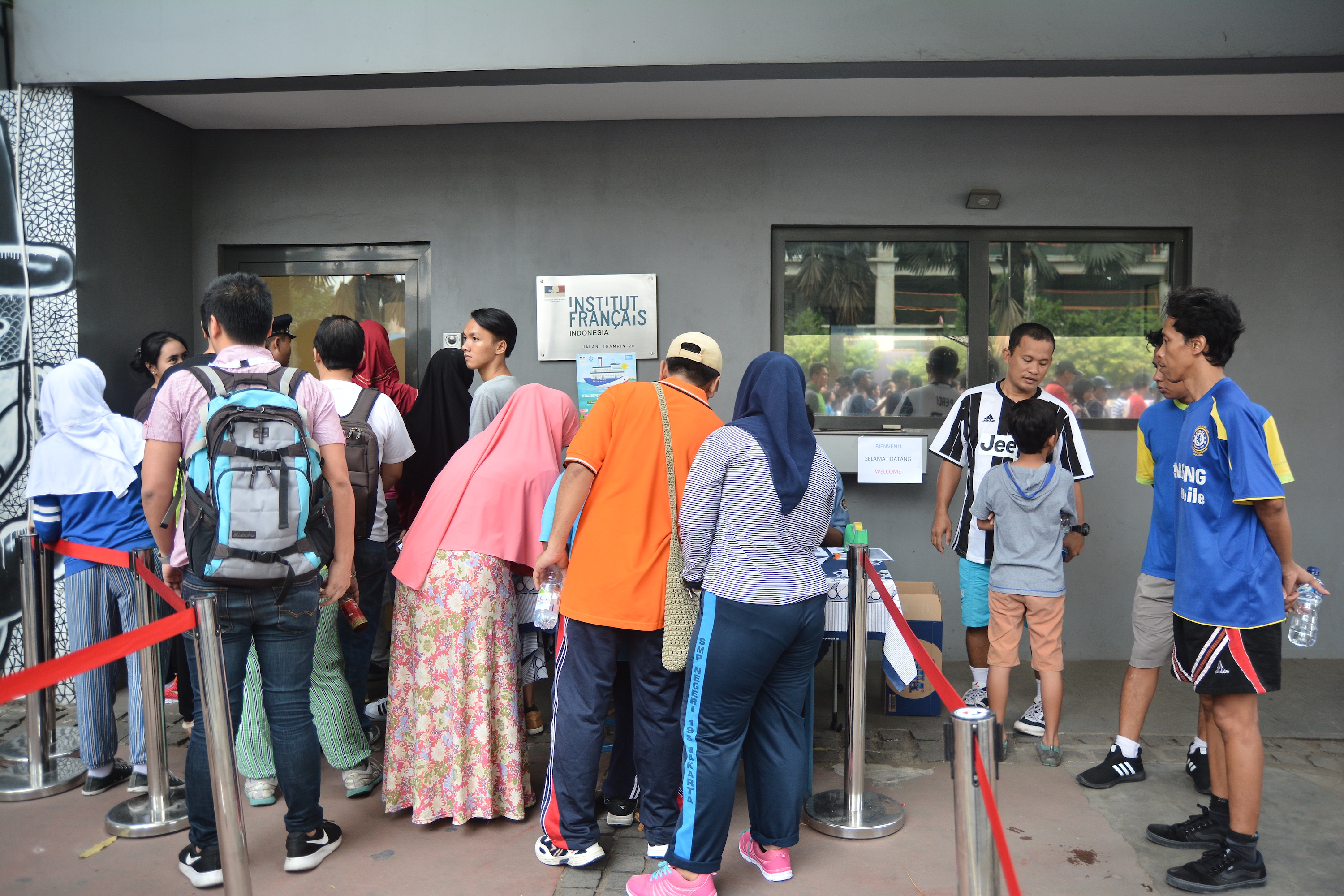
MIRAGE II is the third and final phase of a massive research project that aims to advance our understanding of the mysterious faults that caused major earthquakes in 2012. During MIRAGE II, scientists will conduct marine geoscience research aboard the largest French research vessel, the Marion Dufresne.
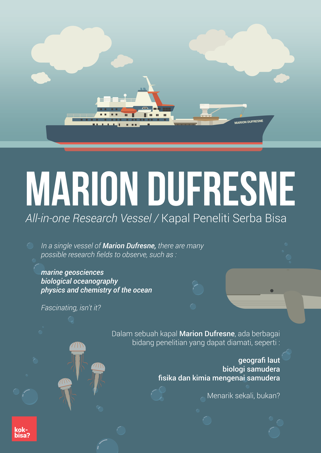
The morning began bright and early at 6am when hundreds of people thronged the streets for Jakarta’s biweekly Car-Free Day. Joggers, dancers, cyclists, vendors, families, and friends reclaimed the roads in a joyful noisy parade.
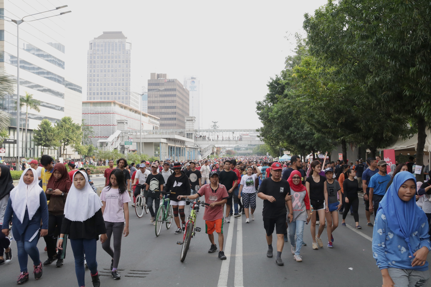
The organisations behind MIRAGE II also set up booths to showcase their work. At the booths, pedestrians could learn more about the work of the Earth Observatory of Singapore (EOS), the Indonesian Institute of Sciences (LIPI), Institut de Physique du Globe de Paris (IPGP), and the French Embassy – better known as Institut Français d’Indonésie (IFI).
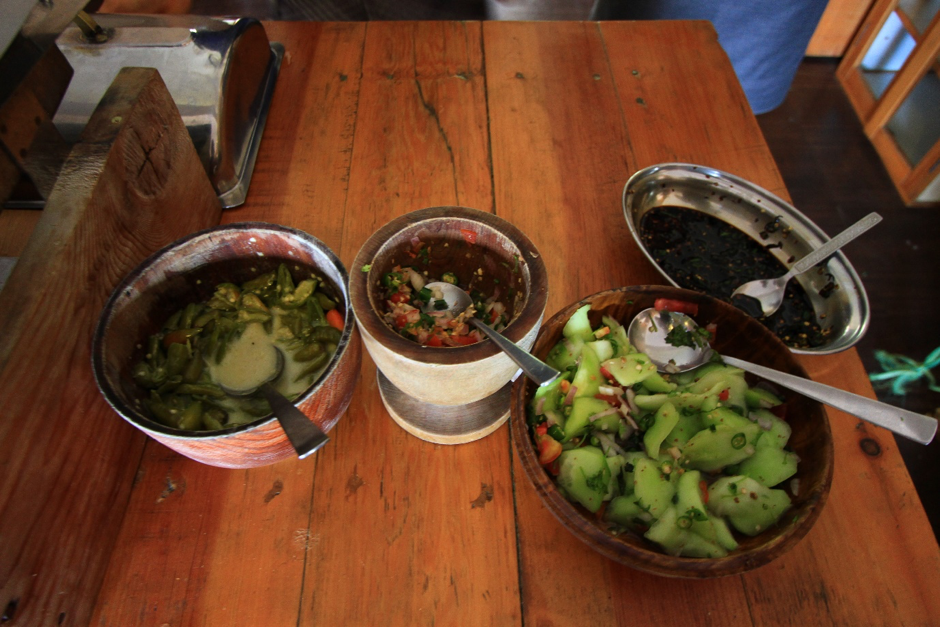
In conjunction with Car-Free Day, IFI hosted an open house event where students and families could participate in educational games and activities to learn more about MIRAGE II, marine geoscience research, and disaster preparedness in general. Students got to hear firsthand from the captain of the Marion Dusfresne about life on board a research vessel.
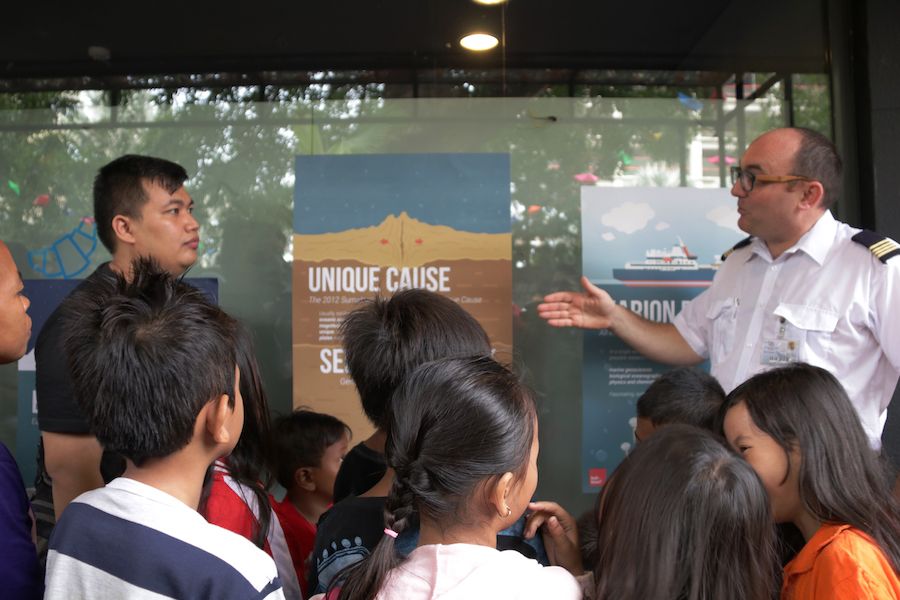
Kok Bisa?, an Indonesian company specialising in communicating complex ideas through simple animation, screened their latest animated short introducing MIRAGE II.
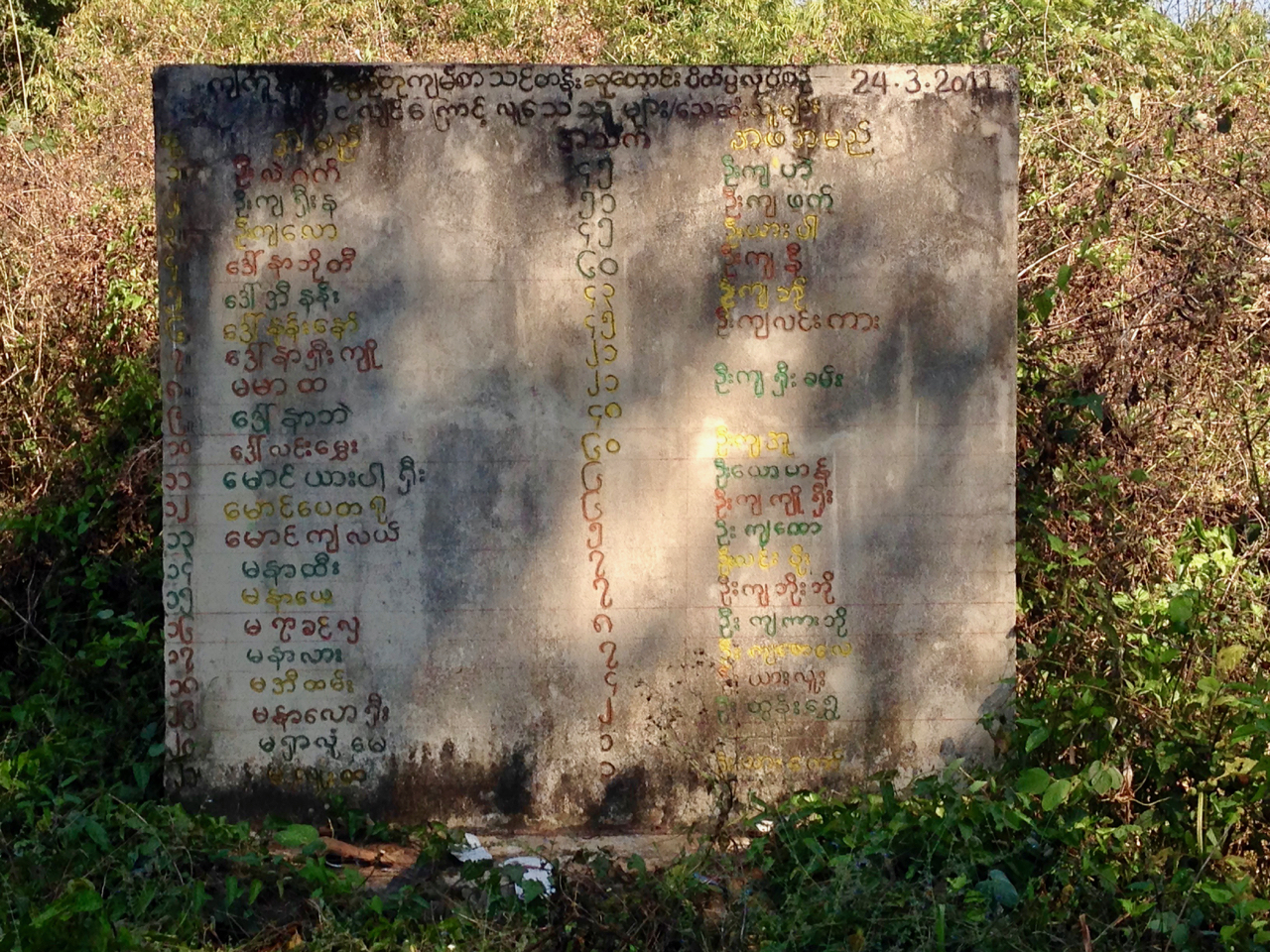
University students attended a series of scientific presentations by the researchers leading the MIRAGE II expedition. Dr Nugroho Dwi Hananto, a marine geophysicist and Chief Scientist at LIPI, spoke about the importance of research in Indonesian waters for advancing science on behalf of the international scientific community.
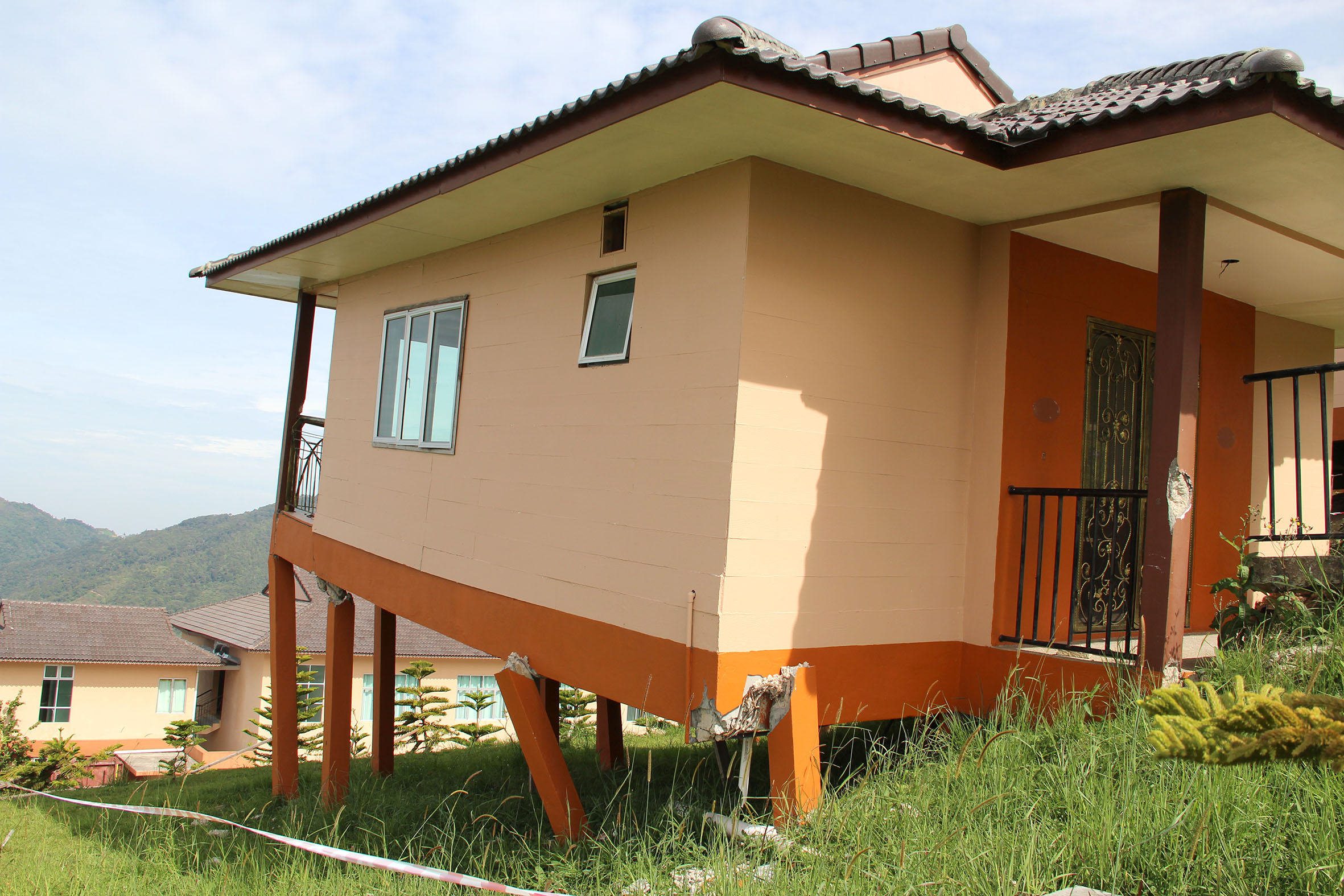
Dr Helene Leau, Head of the oceanography department at the Institut Polaire Français Paul-Emile Victor (IPEV), explained the renowned technological capabilities of the Marion Dufresne, and how the research vessel has contributed to the advancement of marine geoscience.
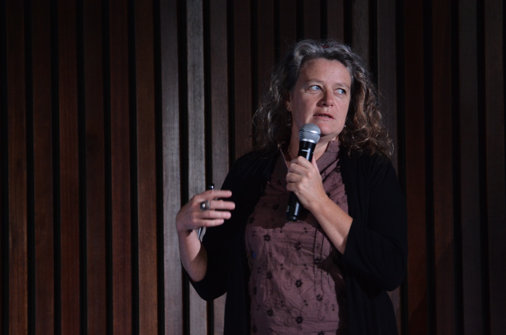
Professor Satish Singh, a visiting professor at EOS and a marine geophysicist from IPGP in France, described the differences between the MIRAGE I and II expeditions. During the MIRAGE I expedition last year, researchers mapped the seafloor of the Wharton Basin, and found evidence of a new fault. During MIRAGE II this year, the research team hopes to image the fault at a depth of 30 to 40 kilometres, find out which part of the fault is active and could possibly produce a major earthquake, and discover exactly which part of the fault is responsible for the 2012 Great Earthquake.
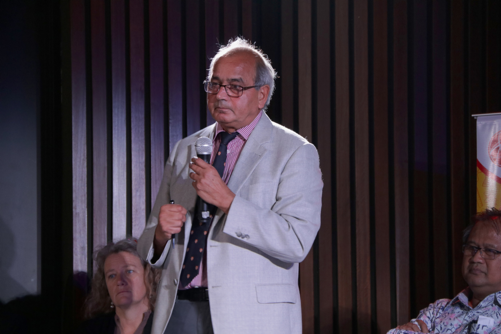
The scientific conference was followed by a press conference where members of Indonesian and regional media outlets could ask scientists for more information about the role of MIRAGE II in promoting greater understanding of marine geoscience and disaster hazard in southeast Asia.
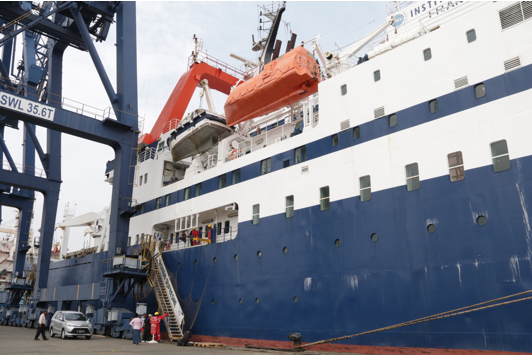
In the early evening, the MIRAGE II research team boarded the Marion Dufresne at the nearby Port of Tanjung Priok. Joining them on board were over 40 representatives from partnering research institutes, ministries, embassies, and media outlets.
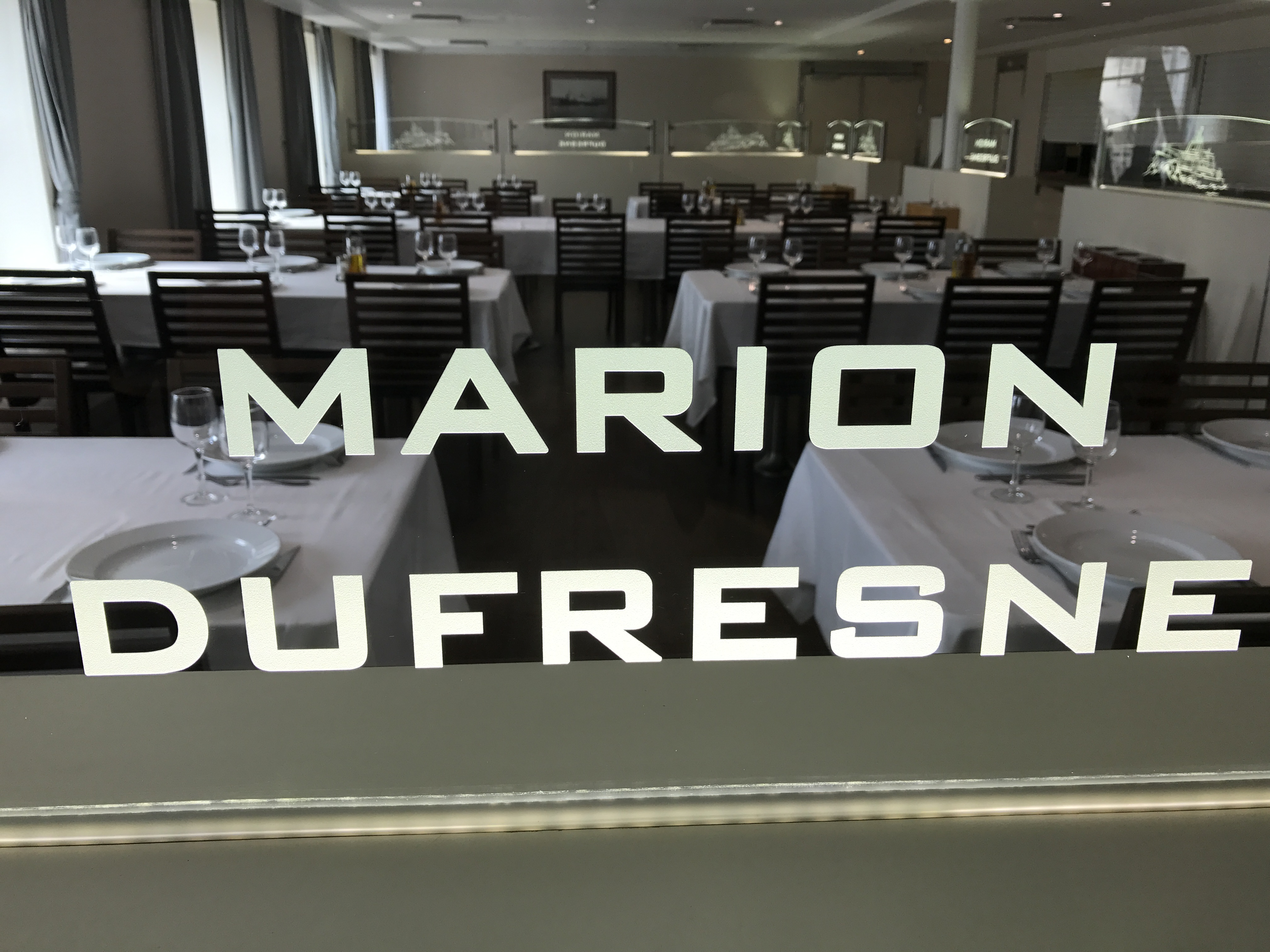
The French Ambassador to Indonesia, Ambassador Jean-Charles Berthonnet, gave a welcoming address expressing his gratitude for expeditions like MIRAGE II. He spoke of the importance of science for helping policymakers make decisions to better prepare their countries to face natural hazards. Dr Zainal Arifin, Director of the Research Centre for Oceanography at LIPI, and Professor Satish Singh, both shared their gratitude for the international partnerships that made MIRAGE II possible. They expressed hopes that such meaningful collaborations would continue.
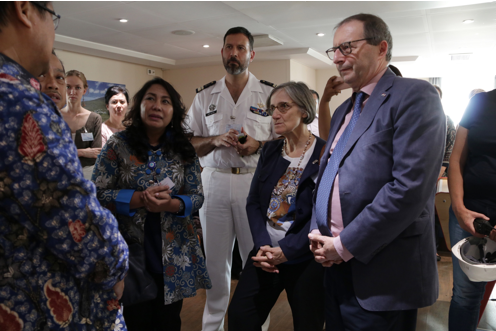
With that, Dr Helene Leau officially launched the MIRAGE II expedition, and guests were invited to join guided tours of the ship.
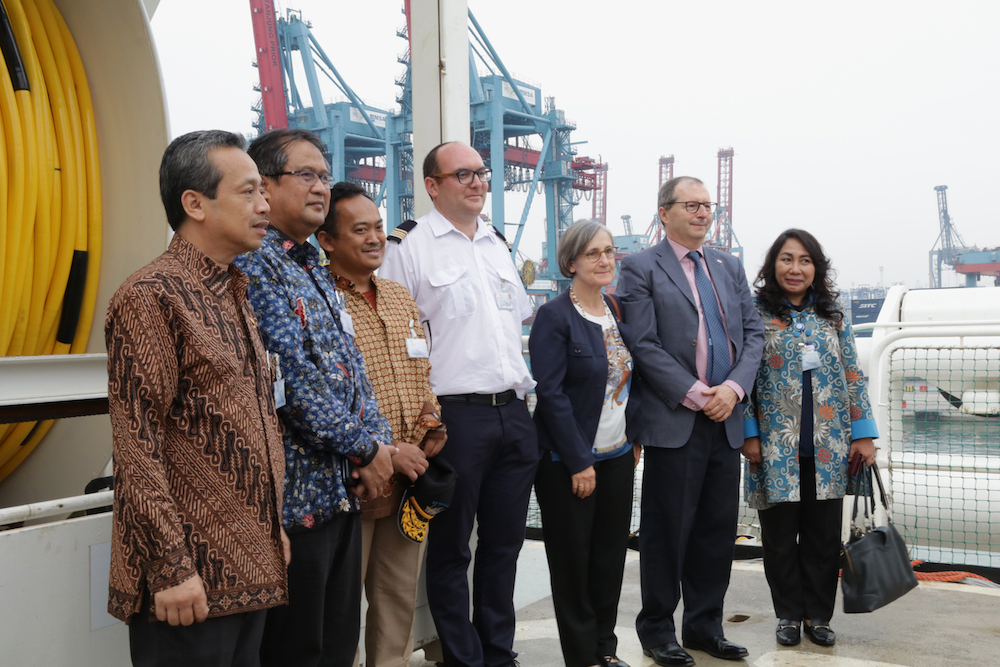
The event ended with an informal reception where the delegates, scientists, crew members, and media representatives came together to mingle and discuss MIRAGE II further.
Follow the progress of MIRAGE II between 25th September and 20th October 2017 on the EOS blog, and spread the word using #MIRAGEcruise.